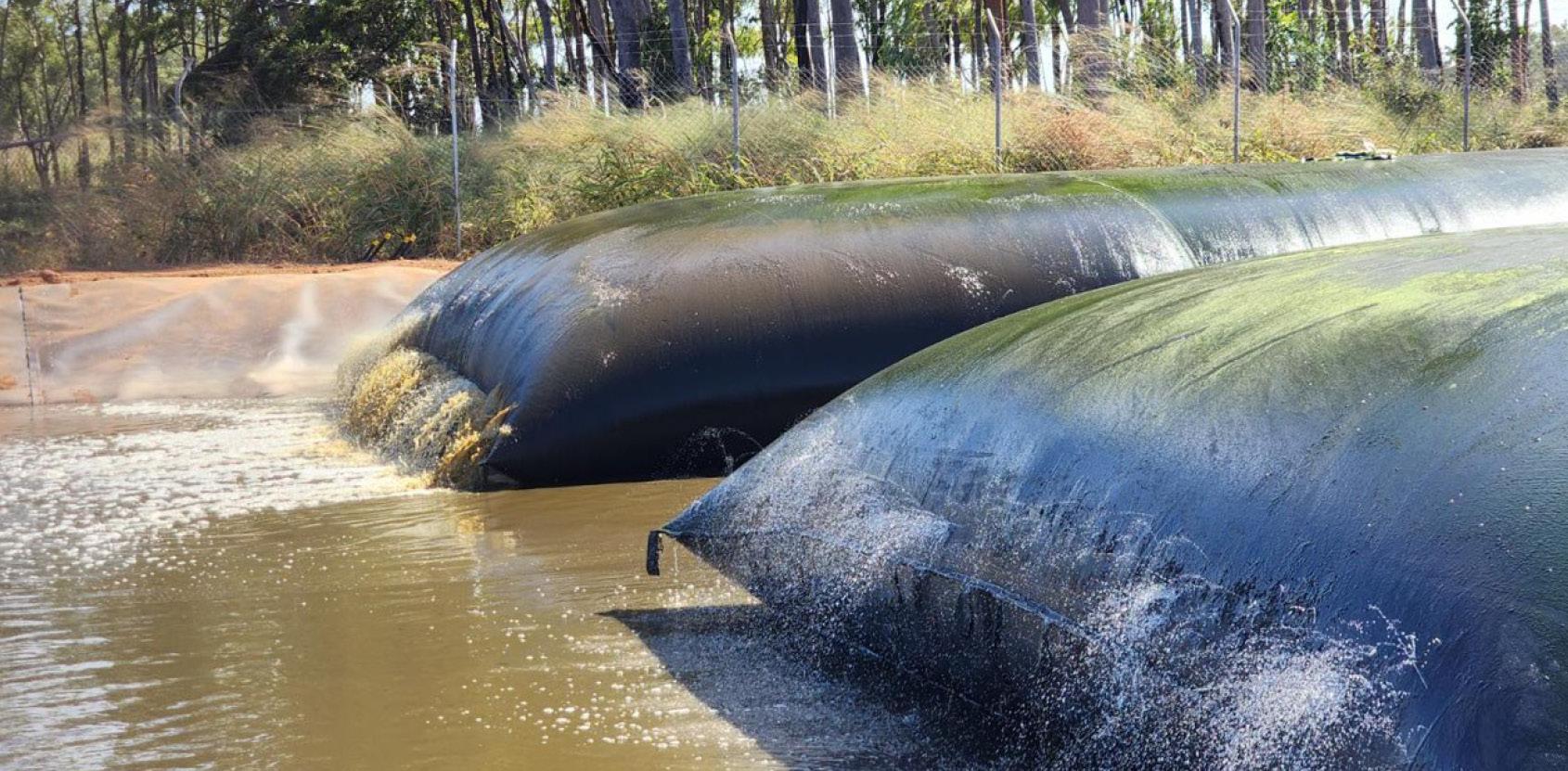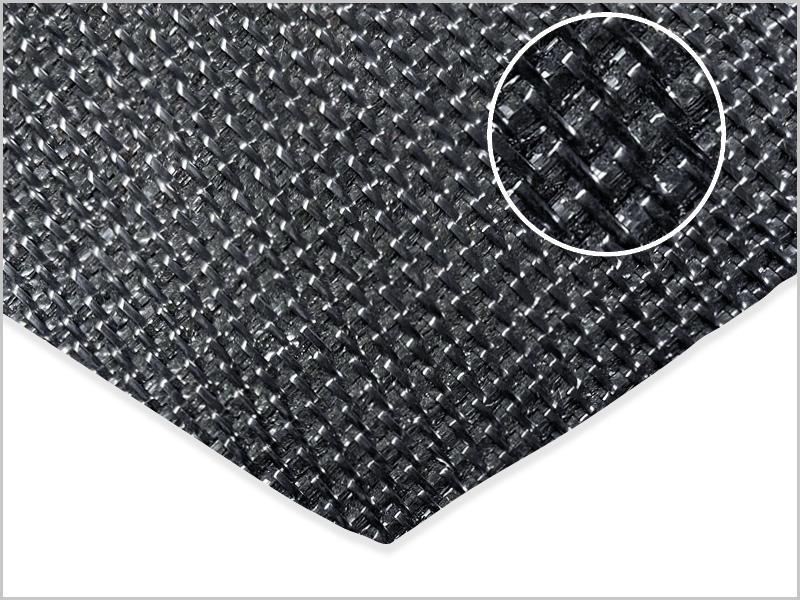
REMOVING ROAD DEPOSITED SEDIMENTS

RDS comes from vehicle parts such as tires, paint, or other components. A portion of it also comes from the road itself including the surface material and local geology. RDS can contain heavy metals and other pollutants, and this poses a problem when storm water mobilises these pollutants and transports them into the local ecology.
Often, sedimentation basins and wetlands are constructed to reduce downstream sediment and pollutant loads. A key design parameter of any sediment pond or constructed wetland is the total volume but this reduces over time as solids build up and reduce the depth. Austroads recommends that extended detention depth (i.e. storage above wetland Normal Water Level) should ideally be between 0.5 m to 1.0 m. As the depth and the storage capacity decrease, the capacity to contain sediments is put at risk. Is it possible to restore the wetland capacity without disturbing and potentially mobilizing contaminated sediments?
Fortunately there is an innovative solution to this problem. A geosynthetic dewatering unit known as a Geotube® is a large porous tube that is designed to capture contaminated sediments. The Geotube® can be rapidly filled by dredge pumping and clean filtrate water emits from its pores. This filtrate water can be monitored or subject to additional treatment as required. This allows for the safe and efficient removal of road deposited sediments. The technology can be scaled to all type of jobs – from the small pond to the multi-hectare constructed wetland.


